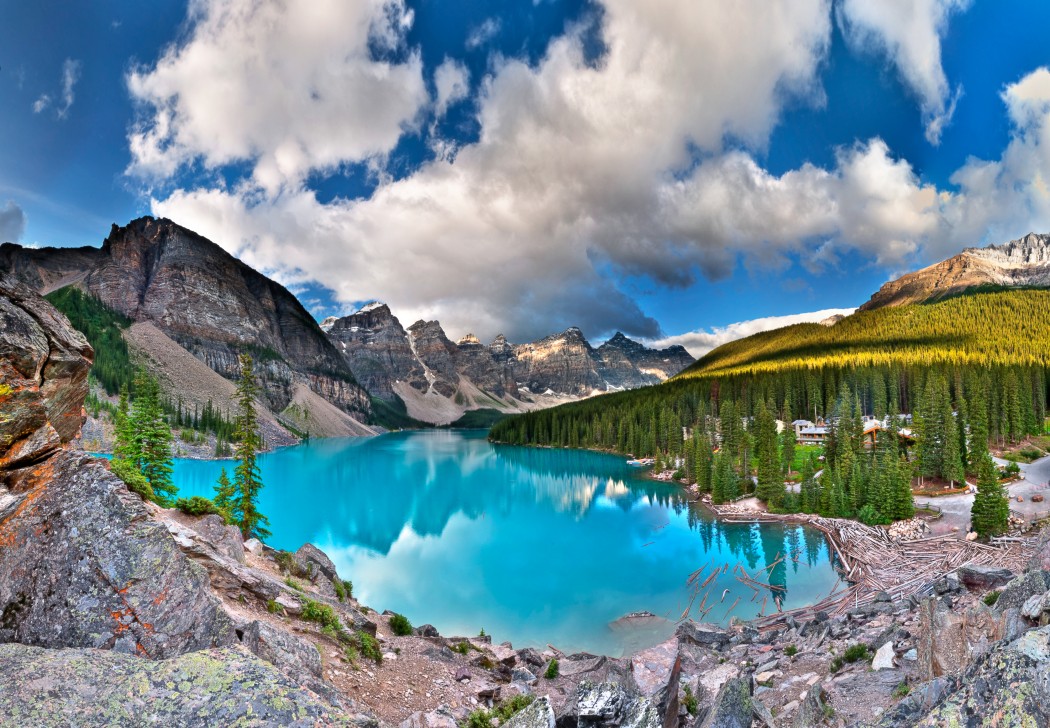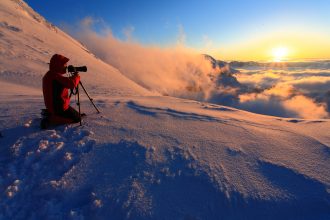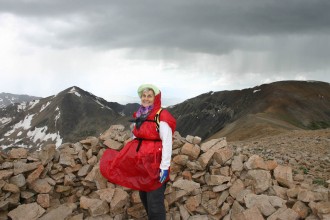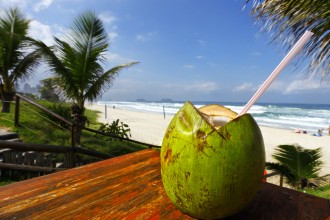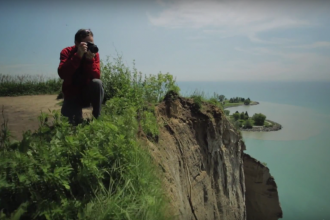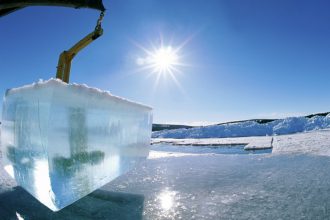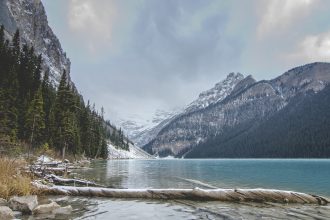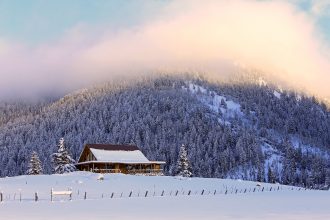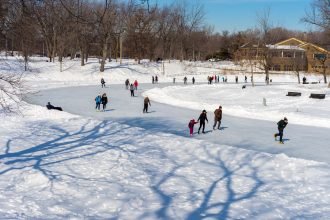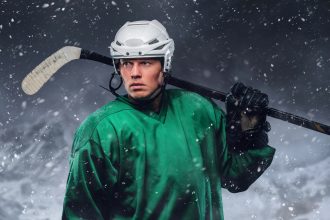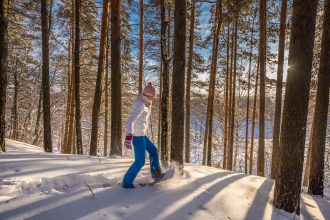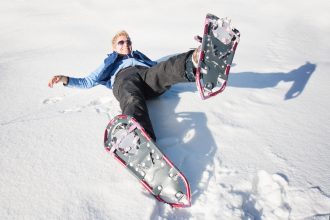From coast to coast, Canada is full of stunning vistas, mountain ranges, and shorelines, all of which should be captured on film. While its major landmarks are well known—Niagara Falls, Rideau Canal, Stanley Park—many of the nation’s most beautiful spots fly slightly under the radar. These ten places should be visited by all Canadians—just make sure you bring along a Canon DSLR Camera and some quality lenses so you know you’re truly capturing every beautiful view.
Iceberg Alley, Newfoundland and Labrador

Photo by CBC.ca
Stretching all the way from Labrador to the northeast coast of Newfoundland, Iceberg Alley is the perfect place to watch 10,000-year-old ice mountains meander south from the Arctic. You can survey the glaciers on a kayak, boat, or from the safety of shore every spring and summer—you may even be lucky enough to see one of the frozen giants break up! Just make sure you bring along an amazing camera to capture footage of the event. Canon’s EOS cameras have impressive HD video capabilities and the EOS 6D is water resistant, so you can take it out on the ocean with you without worry.
Moraine Lake, Alberta
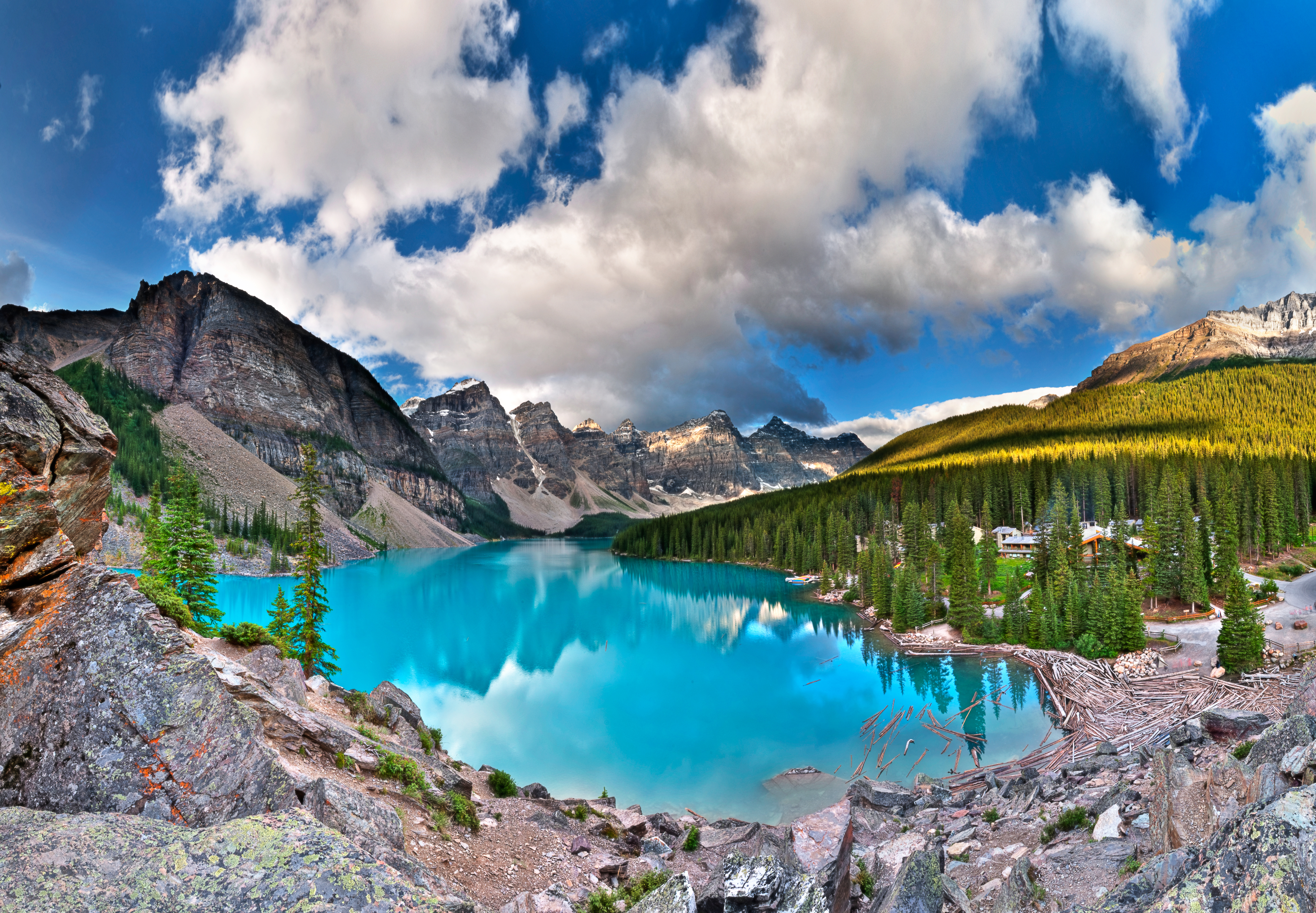
Photo by Mike Boehmer
While there are lots of beautiful spots to check out in Banff National Park, perhaps none are as awe-inspiring as the crystal clear waters of Moraine Lake. Fed by a glacier, the unique blue colour comes from mountain flour that rests at the bottom of the basin. Beyond getting to see this natural wonder, the hike there also provides views of Mount Fay and the Fay Glacier. It’s a great way to see the Rockies, and capture its rugged beauty on camera. The EOS Rebel T6i has great colour fidelity, and jaw=dropping resolution, perfect for capturing that unique Moraine blue. Make sure you pair it with a wide angle lens like the 24-70 f/4L IS USM. It’ll ensure that you capture the picture-perfect landscape exactly as you see it.
Kluane National Park, Yukon

Photo by Canadaexplores.com
Home to Canada’s largest ice field and tallest peak, Kluane National Park is primed for exploration. The park is made up of extreme landscapes like the wild tundra, perfect for capturing panorama shots. It’s a great place to go hiking and camping, and, while you may want to pack light, you won’t regret bringing a Canon DSLR to capture the strange phenomena that thrives in the North. Just make sure you keep an eye out for the park’s many grizzlies.
Big Muddy Valley, Saskatchewan

Photo by Tom McMillan
Home to Castle Butte, Canada’s version of Uluru, Big Muddy Valley has to be seen to be believed. Butte is a beautiful relic from the ice age that looks like it belongs on Mars rather than in the middle of the Prairies. You can hike to the top and capture panoramas of the badlands using a wide-angle lens. Don’t forget to bring your EOS 6D, it’s dust resistant!
Gros Morne National Park, Newfoundland

Photo by National Geographic
A UNESCO World Heritage Site, this majestic park has a varied landscape made up of forests, freshwater fjords, bogs, barren lowlands, striking cliffs, and shorelines. The incredible geological variety means you’ll never get bored of the scenery. You can climb the Long Range Mountains, kayak around the shoreline, or just go hiking.
Cathedral Grove, British Columbia

Photo by Freshadventures.ca
Tucked away on Vancouver Island, this beautiful chunk of old growth forest is made up of ancient Douglas firs. The biggest trees in the grove are around 800 years old and measure 75 m in height, 9 m in circumference. While many of the trees are untouched, you may be able to spot some that have been “stripped” of their bark for use in traditional native ceremonies. This sacred place can be captured with your Canon DSLR and an ultra-wide angle lens like the EF 16-35 f/2.8L II USM. The wide lens will let you extend your view so you can capture all the beauty in one snap.
Bay of Fundy, New Brunswick

Photo by Realsealrecruiting.com
The famous tides in the Bay of Fundy are a natural wonder. Every day 160 billion tonnes of seawater flows in and out of the bay over the course of six hours. Beyond tides, you can also check out the Hopewell rocks, and stroll on the ocean floor. You can capture the whole phenomena by taking a time-lapse video of the tide going in and out.
Sirmilik National Park, Nunavut

Photo by John E. Marriott/National Geographic
Hoodoos of the Borden Peninsula can be found in several parts of the park. The tall spires of red-tinged sandstone and sedimentary bedrock have been sculpted by centuries of erosion by wind and water. “Sirmilik” means place of glaciers, so you’ll be able to spot some of those as well as icebergs. You may also see some arctic wildlife—artic foxes, caribou, snow geese, artic hare, and wolves all call the park home. With a EOS 70D you’ll never miss a moment, it takes photos at 7 frames-per-second. Paired with a telephoto zoom lens like the EF 70-200 f/4L USM, the 70D will let you capture any wildlife you see from a safe distance.
Churchill, Manitoba

Photo by Mostamazingplaces.net
Churchill is the world’s #1 polar bear sighting spot. It’s also great for beluga whale sighting, bird watching, and catching the northern lights between January and March. Bring a tripod and the EOS Rebel T6i to shoot stunning images of the night sky, or maybe even snap a few awe-inspiring polar bear selfies.
The Saguenay Fjord, Quebec

Photo by Simon Turcotte/Sepaq.com
One of the world’s longest fjords, the Saguenay is home to belugas, birds, and an array of other wildlife. The striking cliffs were sculpted by glaciers and can stretch up to 350 m in height. These magnificent giants will frame you as you sail down the waterway, exploring this truly unique landscape in Quebec.

